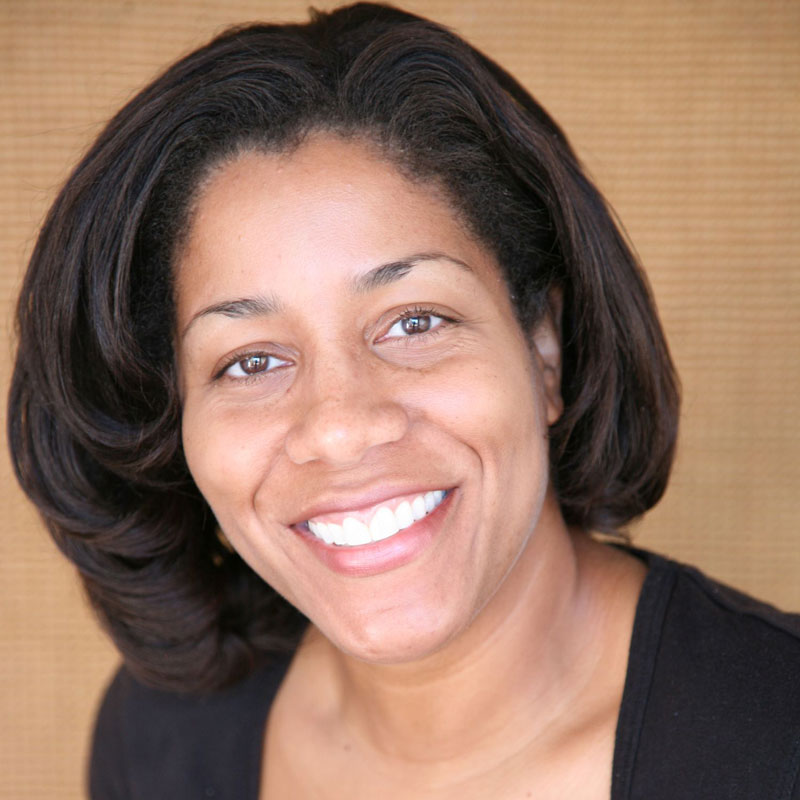You opened a checking account expecting an easier way to manage your finances and possibly earn interest on your balance. While direct payroll deposit and automatic bill pay help ensure your bills are paid on time, pesky checking account fees can eat away at the monthly dividends the account earns. There has to be a better way to bank!
There is! Consider identifying and stopping these five costly behaviors while taking advantage of underutilized checking account features.
Mistake #1 - Choosing the Wrong Checking Account
A checking account mismatch is usually costly from day one. An account that doesn't support your financial lifestyle can cost you time and money. While your checking account needs are likely to change over time, asking yourself a few questions will help you choose an account that aids your financial goals.
Questions include:
- Will I maintain a high balance in my checking?
- Do I pay most of my bills with checks?
- Does the checking account offer low-balance alerts?
- What are the checking account fees associated with the account?
- How often will I use my debit card?
Your answers should lead you to seek a checking account that pays interest or dividends for maintaining a minimum balance, offers unlimited free checks, and allows you to avoid unnecessary fees easily.
Mistake #2 - Ignoring Minimum Balance Requirements
If you opened your checking account without paying close attention to the details, you might have noticed a monthly fee nibbling away at your balance. Some checking accounts require owners to maintain a minimum balance or pay a fee each month the balance falls below an established threshold. The fee varies by financial institutions, with some as high as $12 or more. This could cost you upwards of $144 a year that could be better used to pay down debts, increase your emergency savings, or cover holiday expenses.
Keep an eye on your balance by checking it regularly or by setting up email and text alerts. Many financial institutions offer free account alerts that can be sent to you when your balance falls below a set amount. When you receive the notification, transfer funds to your checking account to avoid minimum balance fees.
Mistake #3 - Misunderstanding Overdraft Protection
Financial institutions can cover purchases up to a set amount even if you don't have the funds in your account. You must, however, be enrolled in overdraft protection to receive this benefit. Here's how it works.
If you're enrolled in overdraft protection, the financial institution will cover attempted payments that put your account below $0. Each institution does, however, set a limit on the amount they will cover in one day or over a longer timeframe, so you can't go on a spending spree with it. The benefit does come at a cost — in the form of an overdraft fee. This fee, which is typically around $30, is charged for each transaction that passes through your account when there aren't enough funds to cover the payment.
This benefit can come in handy if you have an emergency, like your car breaking down on a Saturday and needing immediate repairs. It will also help you avoid having to pay returned check fees from merchants, which can be higher than the overdraft fee.
If you're not enrolled in overdraft protection, attempted payments that will put your account below $0 are declined. This includes online payments, debit card transactions, and paper checks. These payments will not be processed, and you'll likely have to pay a fee for non-sufficient funds (NSF) as well as a returned check fee to the company you were attempting to pay.
Confirm the amount your institution charges for overdraft protection and review your spending habits to decide if the cost is worth the expense.
Mistake #4 - Maintaining a High Balance
If you manage all your finances through a single checking account, you could be losing money. When financial goals include saving for a car or a down payment on a home, keeping those funds in the same account you use to pay bills can cause you to miss out on significant interest earnings or dividends. Checking accounts typically pay less interest on balances than savings accounts.
Consider transferring funds you don't need to cover your regular expenses into Your Way savings account where they can earn a higher rate of interest. Smart account holders leave a financial buffer of around $100 in their checking accounts to cover variances in their monthly budgets. If they need more than that to cover monthly spending, they can transfer funds from savings to checking.
Mistake #5 - Overlooking Checking Account Options
While most checking accounts offer basic features such as online bill pay and ATM cards, others can help you achieve specific financial goals. Make sure you choose a credit card that offers features that make sense for the way you live your financial life.
Using a checking account to manage your finances is a smart money move. But if you don't understand all the features your account offers, you may end up paying unnecessary fees and missing out on account benefits.
Hanscom FCU offers a variety of checking accounts to match your goals. Whether you aim to escape monthly service fees, earn cash back on debit card purchases, or receive higher dividends on your account balance, Hanscom has a checking account to meet your needs. Open a Hanscom FCU checking account today!
Others are reading:

.jpg)












Comment